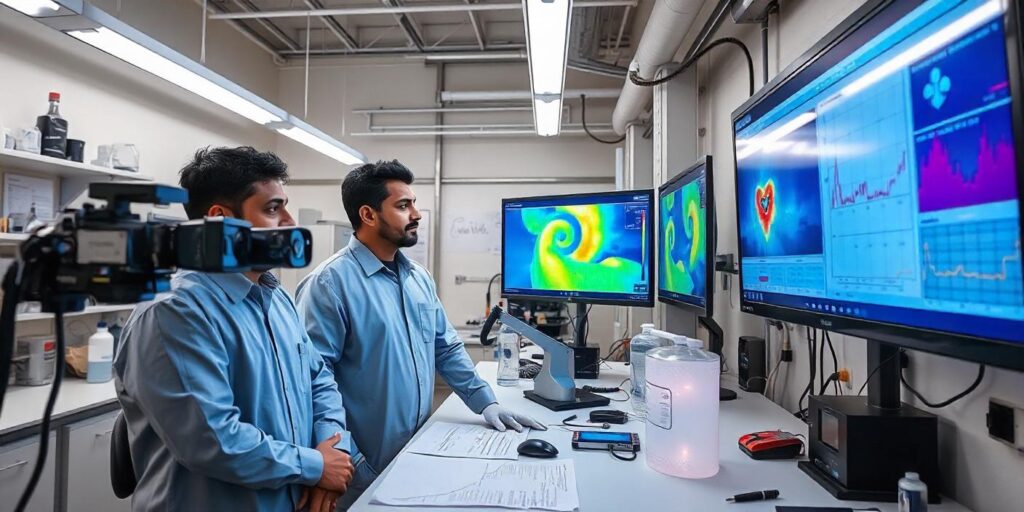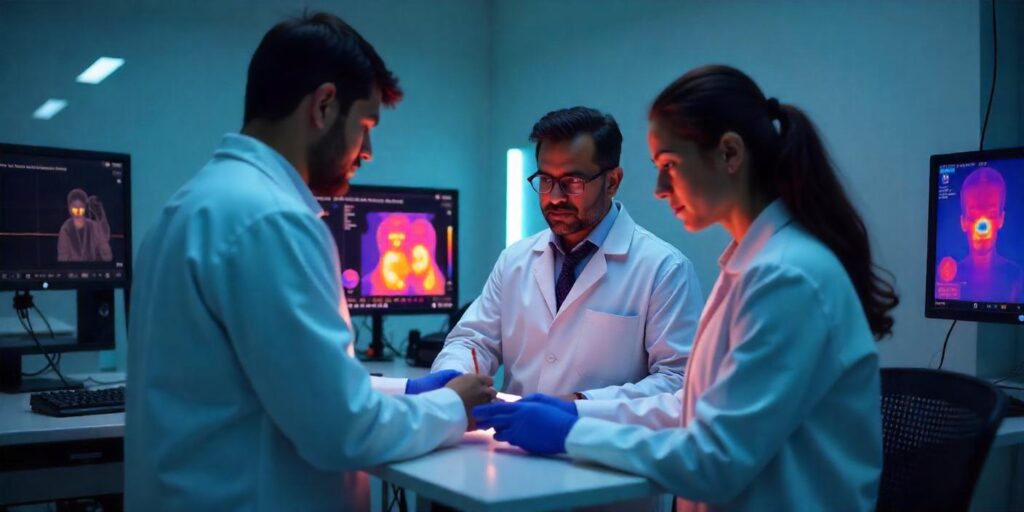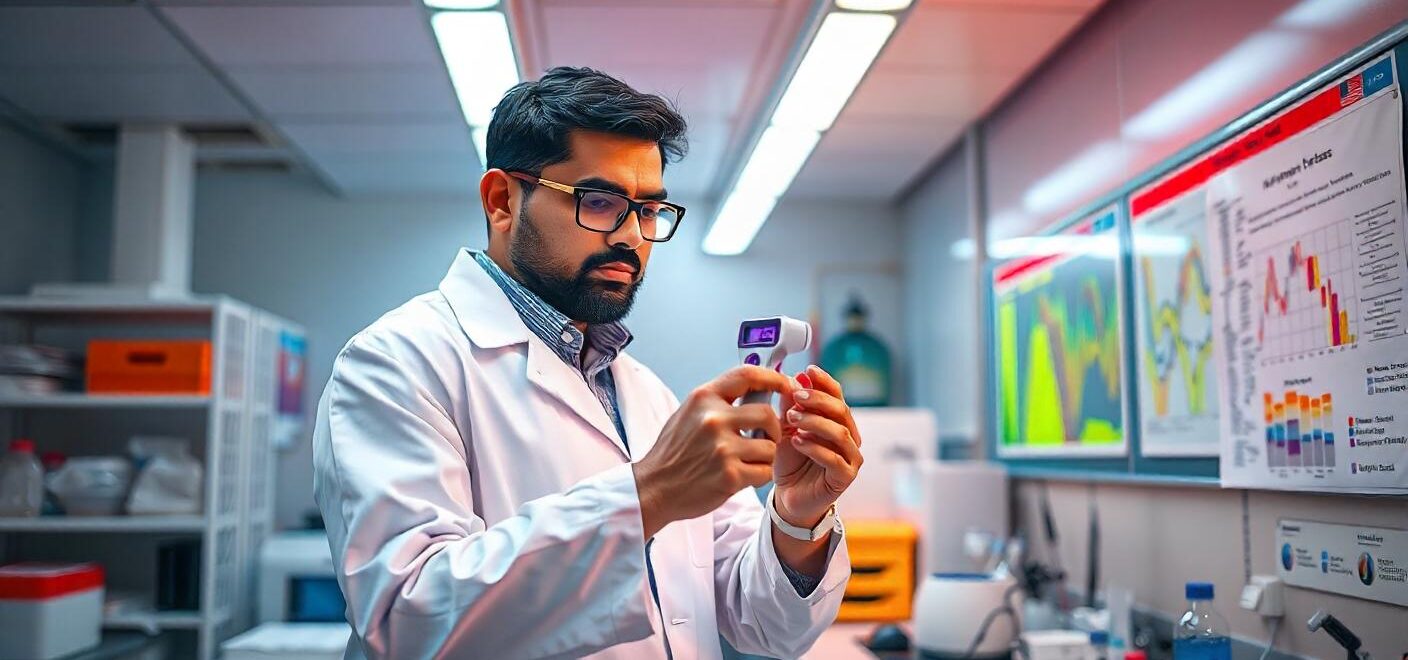Thermal validation plays a critical role in industries such as pharmaceuticals, biotechnology, and food production, where precise temperature control is vital for ensuring product safety and regulatory compliance. Training your team in thermal validation is not just about teaching technical skills; it involves fostering a deep understanding of regulatory requirements, data integrity, equipment handling, and problem-solving capabilities. A well-trained team can significantly reduce the risk of validation failures, enhance operational efficiency, and ensure compliance with industry standards such as FDA, GMP, and ISO regulations.
However, thermal validation training can present challenges, including complex regulatory requirements, evolving technological advancements, and the need for cross-functional collaboration. Effective training programs should focus on both theoretical knowledge and practical applications, ensuring that employees are equipped to handle real-world validation scenarios confidently.
By implementing a comprehensive training strategy, organizations can empower their workforce to manage validation processes efficiently, maintain compliance, and ultimately improve product quality. In this blog, we will explore eight essential tips to help you train your team on thermal validation, ensuring they possess the skills and knowledge required to excel in this critical function.
1. Understand Regulatory Requirements
Before diving into technical training, ensure your team understands the regulatory landscape governing thermal validation. Cover key guidelines such as:
- FDA 21 CFR Part 11: Covers data integrity and electronic records.
- EU GMP Annex 15: Provides guidelines for qualification and validation processes.
- ISO 17025: Establishes standards for calibration and testing laboratories.
- ICH Q9: Focuses on risk management principles in validation processes.
Providing regulatory context helps your team grasp the importance of compliance and adhere to industry best practices. Conducting periodic workshops with regulatory experts can reinforce these principles.
Read More: 8 Secrets You Must Know for Best Thermal Validation Results
2. Develop a Structured Training Program
A well-organized training program should include:
- Theoretical Training: Covering fundamental concepts, validation protocols, and compliance aspects.
- Practical Hands-on Training: Allowing employees to practice using thermal validation equipment in real-world conditions.
- Periodic Refresher Courses: Keeping the team updated on technological advancements and regulatory changes.
- Assessment and Feedback: Evaluating understanding through tests and practical demonstrations.
Additionally, personalized learning paths based on team roles (such as validation engineers, quality control personnel, or production managers) can enhance the effectiveness of the training program.
3. Focus on Equipment Familiarization

Your team should be well-versed in the various thermal validation tools and equipment, including:
- Data loggers and thermocouples: Understanding sensor placement and calibration.
- Validation software and reporting tools: Ensuring proper data collection, analysis, and compliance with regulations.
- Calibration and maintenance procedures: Learning preventive maintenance practices to avoid downtime.
- Automated monitoring systems: Training on real-time alerts and deviations management.
Providing hands-on training ensures team members can operate, troubleshoot, and maintain the equipment efficiently. Conducting mock validation runs can further reinforce their understanding.
4. Emphasize Data Integrity Practices
Accurate data collection and reporting are critical in thermal validation. Train your team to follow ALCOA+ principles:
- Attributable: Data linked to the person collecting it.
- Legible: Clear and easy to read.
- Contemporaneous: Recorded at the time of observation.
- Original: Authentic and preserved in its original form.
- Accurate: Free from errors and complete.
Additional aspects include data security, audit trails, and electronic signature protocols to meet regulatory requirements.
Implementing robust data handling procedures ensures compliance and audit readiness.
Read More: Top 10 Challenges in Thermal Validation and How to Overcome Them
5. Implement Real-World Simulations
Simulating real-world scenarios helps employees gain practical experience in:
- Handling unexpected validation challenges, such as temperature fluctuations.
- Performing environmental monitoring and heat distribution mapping.
- Troubleshooting deviations and equipment failures quickly and efficiently.
- Conducting emergency response exercises for unexpected breakdowns.
Scenario-based training sessions enable team members to build confidence and prepare for potential operational challenges.
6. Encourage Cross-Department Collaboration
Thermal validation often involves cross-functional teams, including quality assurance, production, and engineering. Encourage collaboration by:
- Organizing joint training sessions: Promote synergy between different departments.
- Promoting knowledge-sharing across departments: Foster a culture of continuous improvement.
- Assigning team-based projects for hands-on learning: Encourage peer learning and collaboration.
A collaborative approach ensures better communication and a holistic understanding of thermal validation, reducing the risk of compliance failures.
7. Provide Access to Industry Resources
Equip your team with the latest industry resources to stay informed about evolving best practices. Useful resources include:
- Online training courses and webinars: Industry experts sharing insights on new developments.
- Regulatory guidance documents: Up-to-date guidelines from authorities like the FDA and EMA.
- Case studies and industry reports: Real-world applications of thermal validation techniques.
- Professional conferences and networking opportunities: Interaction with peers and learning from industry leaders.
Encouraging team members to engage in professional certifications can further enhance their expertise.
Read More: Maximizing Data Integrity: Best Practices for Logging Thermal Validation Results
8. Conduct Regular Audits and Performance Reviews

Regular audits and performance assessments help identify knowledge gaps and improve training effectiveness. Consider:
- Conducting internal audits: Evaluate adherence to validation protocols and identify areas for improvement.
- Providing constructive feedback: Offer guidance and support to enhance team performance.
- Offering recognition and incentives: Motivate employees to maintain high standards of compliance and efficiency.
Periodic evaluations foster a culture of accountability and continuous improvement.
Conclusion
Effective training in thermal validation is vital to maintaining compliance, ensuring product quality, and optimizing operational processes. By following these eight tips, organizations can empower their teams to execute thermal validation with confidence and precision, thereby reducing compliance risks and improving overall efficiency.
How Incepbio Can Help
At Incepbio, we offer comprehensive training programs tailored to your organization’s needs. Our expert-led courses cover:
- Regulatory compliance and industry best practices: Ensuring alignment with global standards.
- Hands-on training with state-of-the-art equipment: Practical application of thermal validation concepts.
- Customizable training modules for different experience levels: From beginners to advanced professionals.
- Continuous support through audits and consultations: Helping you maintain compliance and improve operational efficiency.
Contact us today to learn how we can enhance your team’s thermal validation capabilities and ensure compliance with global standards.






